Drinking Away the Last Hours of Shanghai

Deep in the LIFE archives, I found myself fascinated by a glimpse into mid 20th century China during a period chronicled as “the last days of Shanghai”. It’s a portrait of a city full of Western influence; American neon-lit dive bars on every corner, shops and businesses advertised in English and western ex-pat communities going about their daily lives in the midst of a war-torn China.
These are the photographs of Jack Birns, the LIFE photojournalist who remained on assignment for two years until Shanghai fell to communist forces in May 1949.

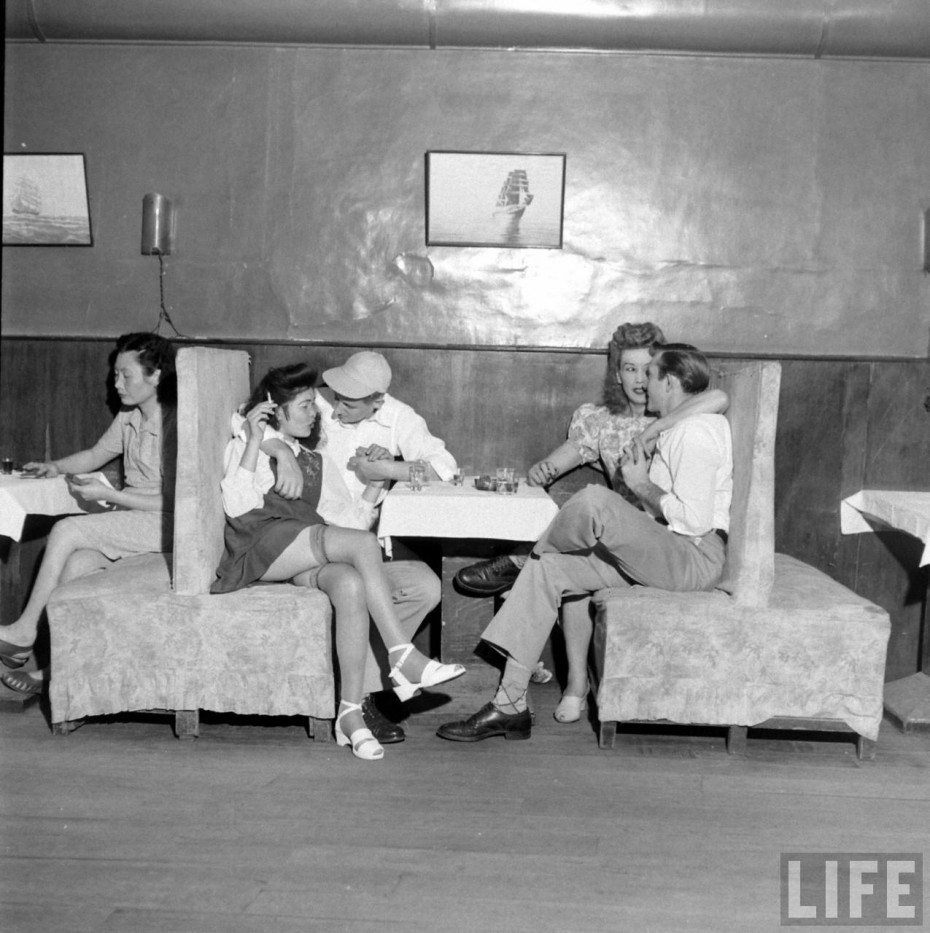
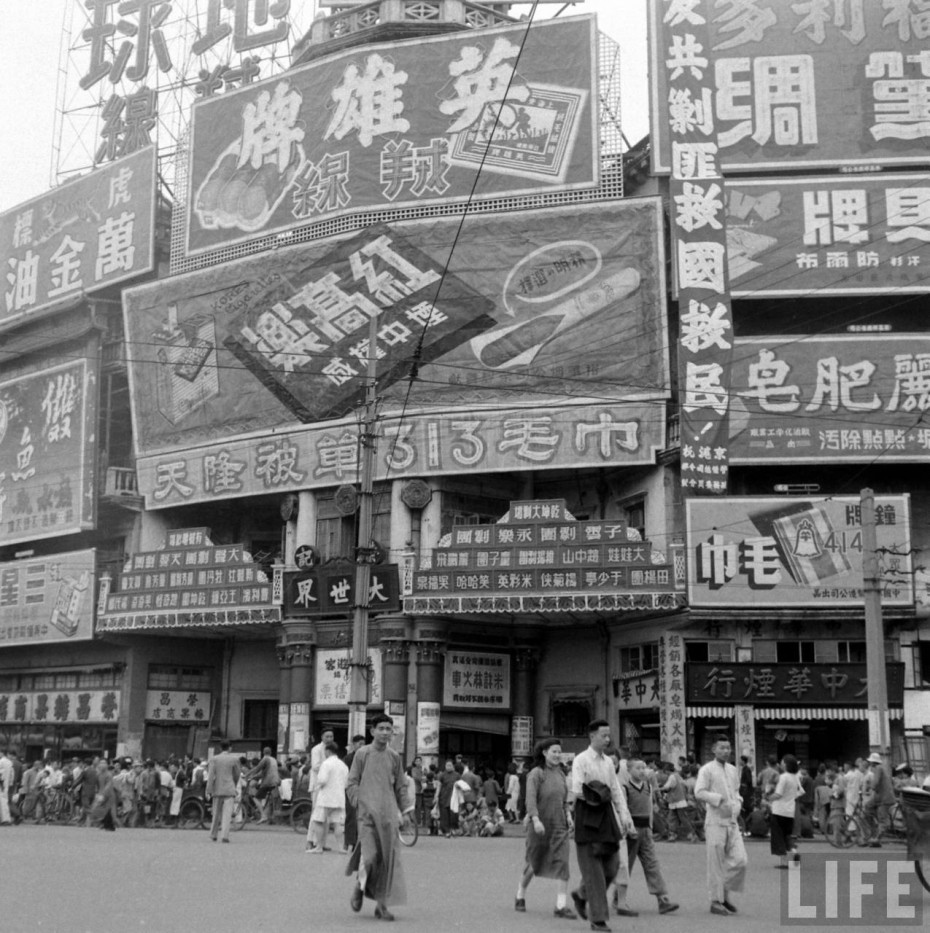

Do you trust this face?
Listen to these honest testimonials and fix your Shave Club experience today!
With six million population, Shanghai was the largest city in China in 1949 and provided around a third of the total GDP of China by that time. But the nationalist government of Chiang Kai-shek was struggling to contain the communist forces under Mao Zedong.
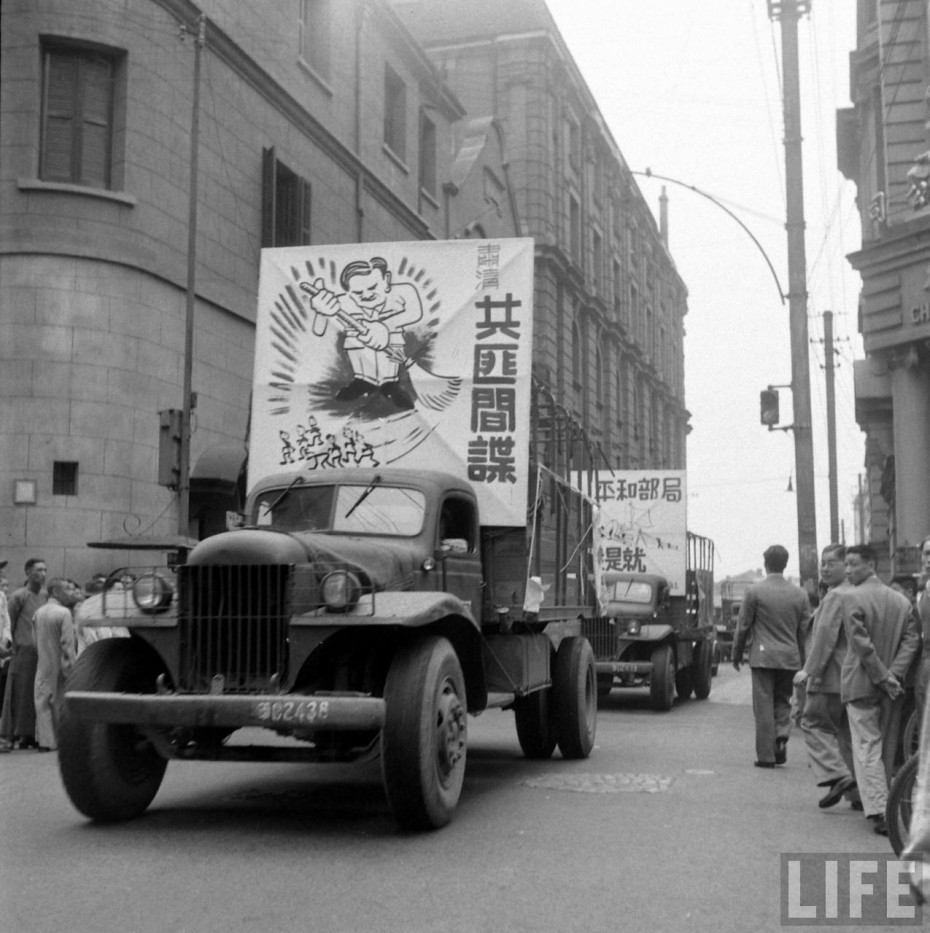
As Mao’s communists gradually gained the upper hand, nationalist-controlled Shanghai still boasted western-style bill boards, advertising anything from cigarettes to stockings.
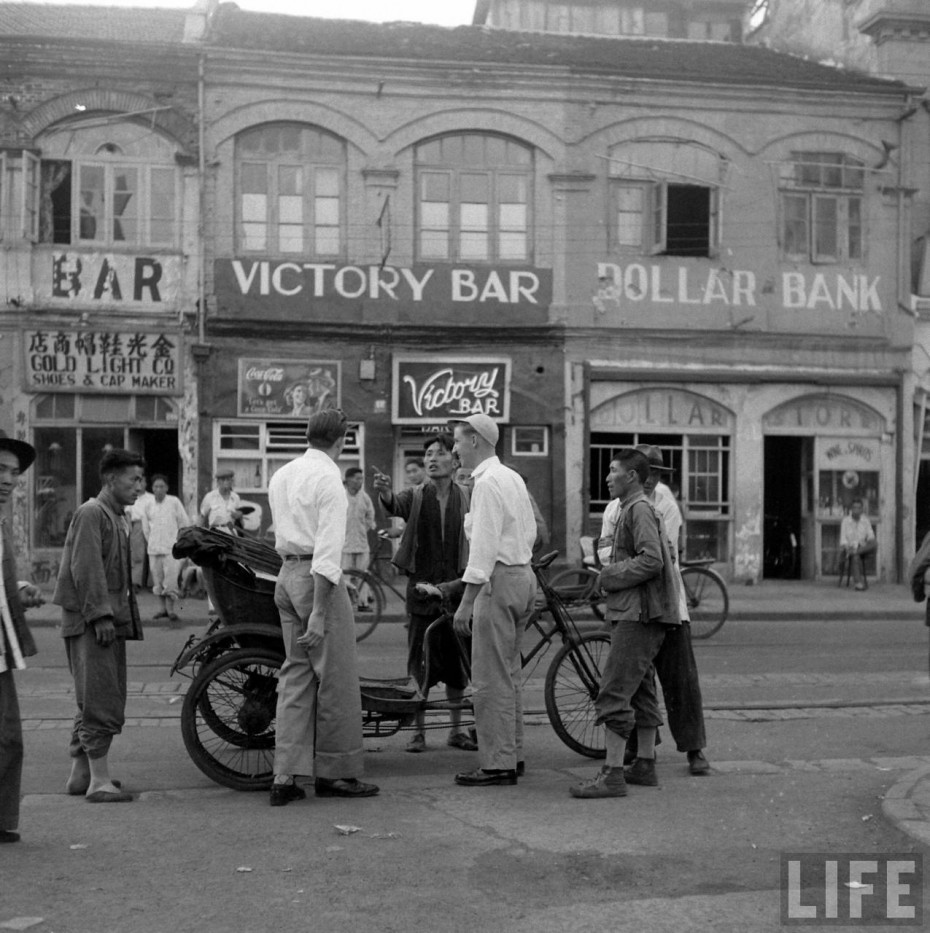
In June 1949, there were 32,049 foreigners of more than 50 nationalities in Shanghai. Many foreign countries had more than 1,000 citizens in Shanghai – 3,905 British, 2,547 Americans, 1,442 French, and 1,832 Portuguese.
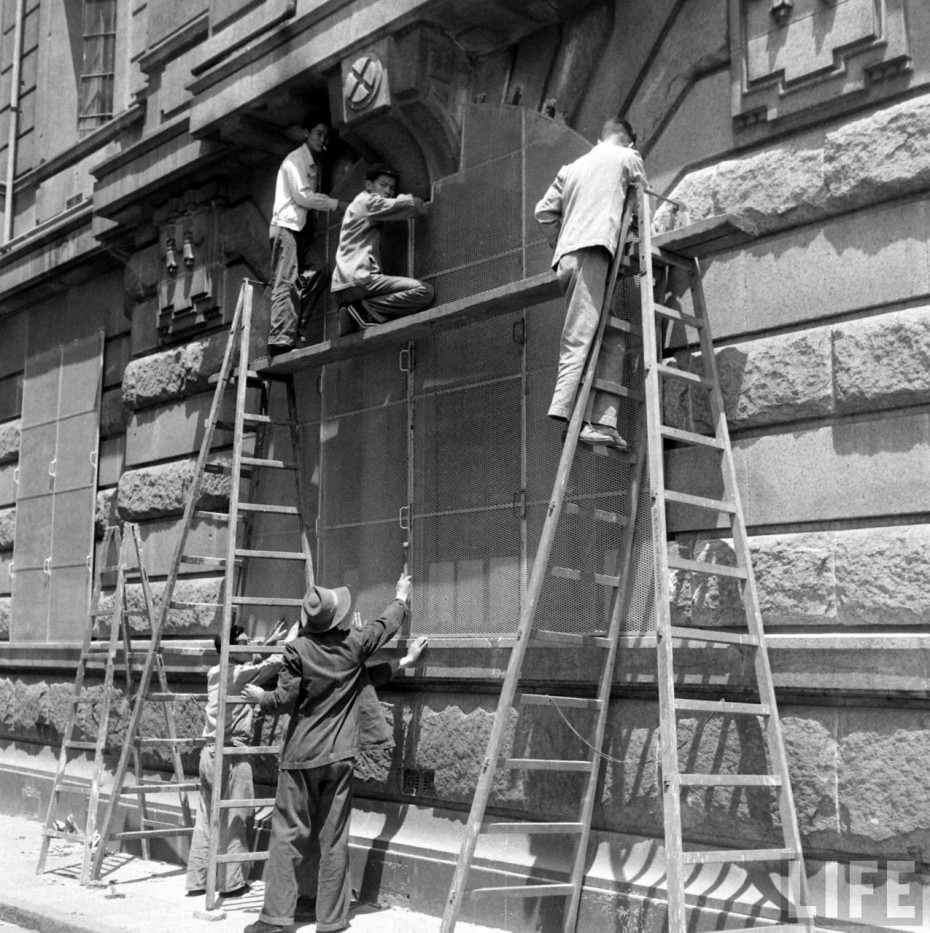
After Shanghai was revolutionized, most British and Americans left Shanghai. America and some other nations forbade trading and transportation from China, which made it impossible for foreign companies to continue in Shanghai.
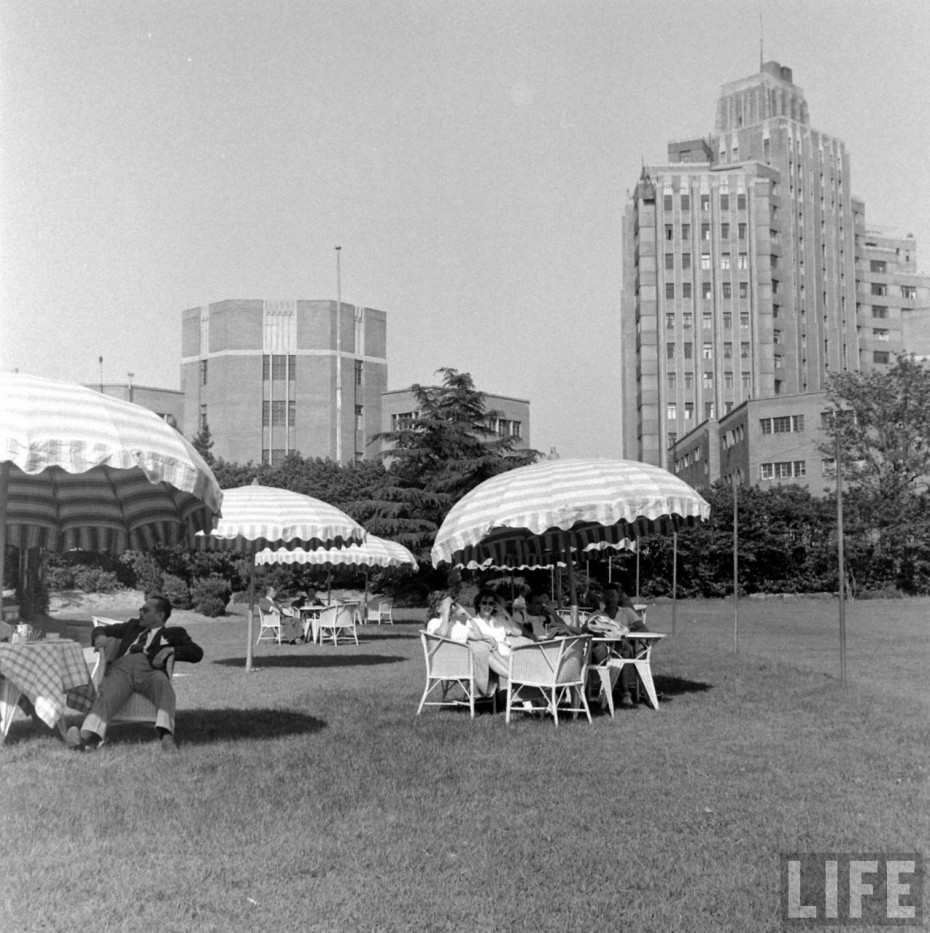
The civil war would also see the half-colonial and half-feudal foreign community in Shanghai entering its last stage.
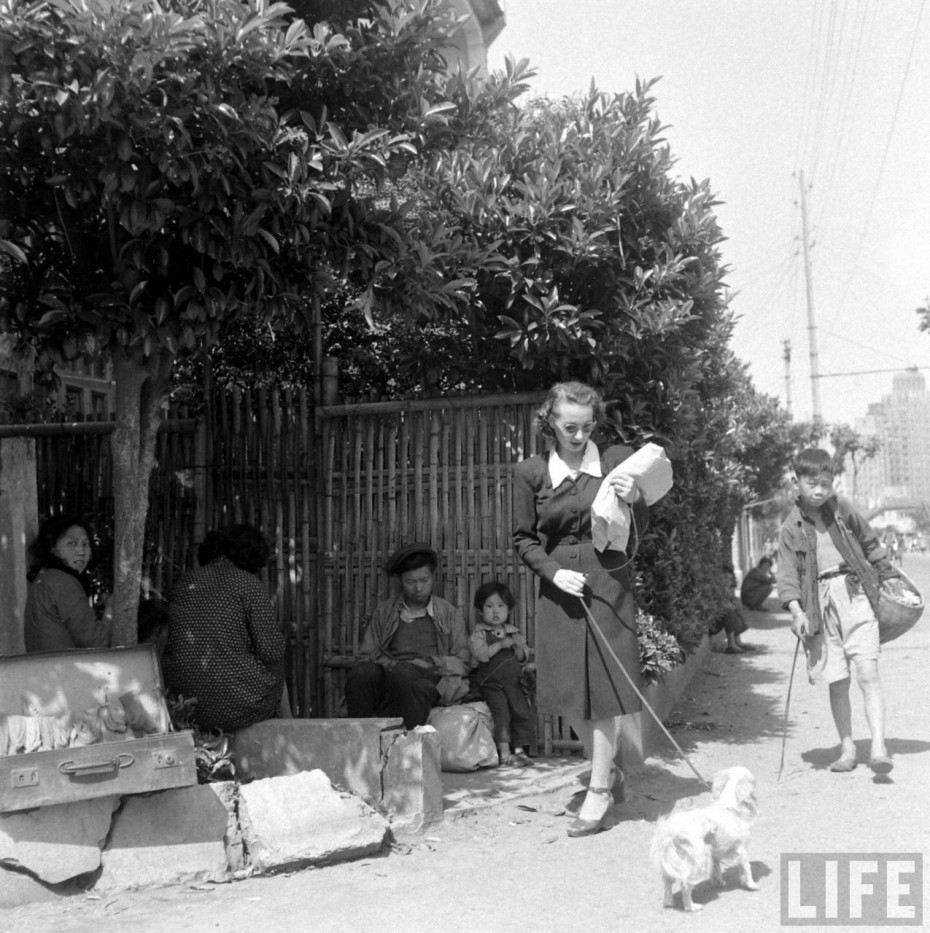
Refugees were pouring into Shanghai from the countryside, where they had been caught in the crossfire between the rival armies. But it was often to a life of misery that they fled.
No captions came with the archive’s photo story, which means guessing a lot about what exactly Birns’ photographs are trying to say, but I get the feeling he was trying to tell us that there was a stark contrast between how the westerners living in Shanghai during its last days were affected and how the Chinese people coped in a society of military rule preparing for World War III. For the most part, it appears like it was almost a walk in the park for the ex-pats, right up until they were told it was time to pack their suitcases, while the Chinese nationalists were left with a significantly bleaker fate.
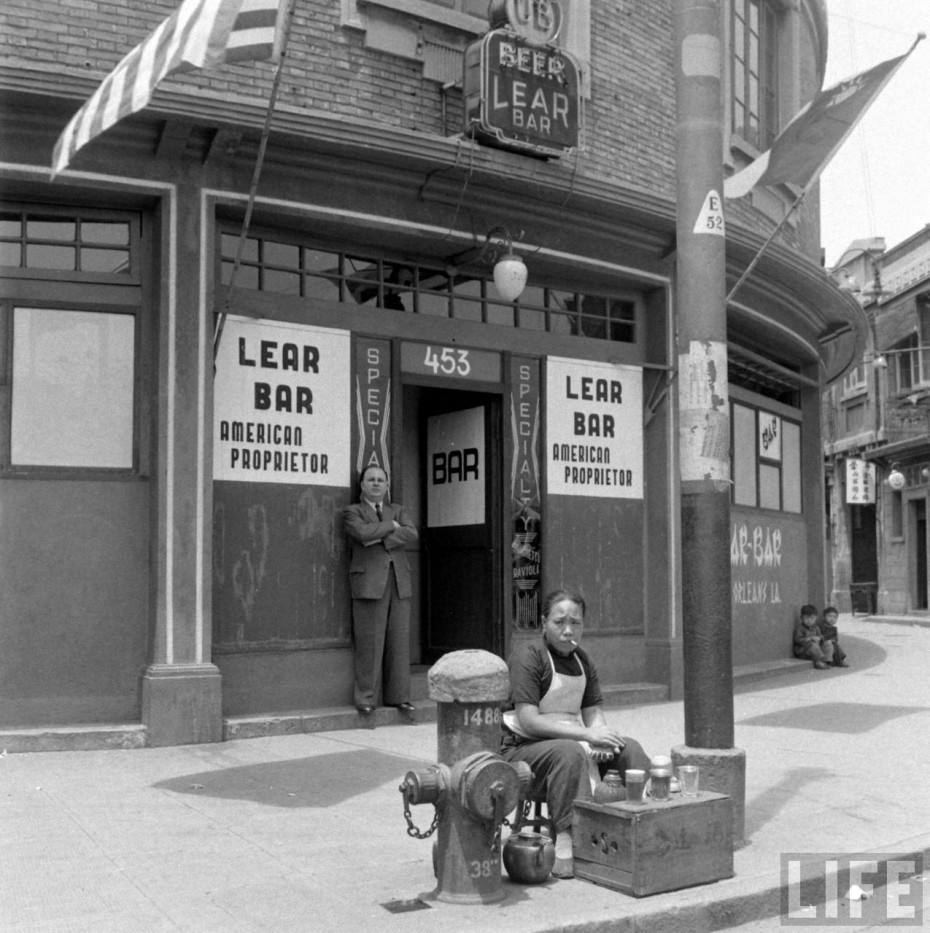
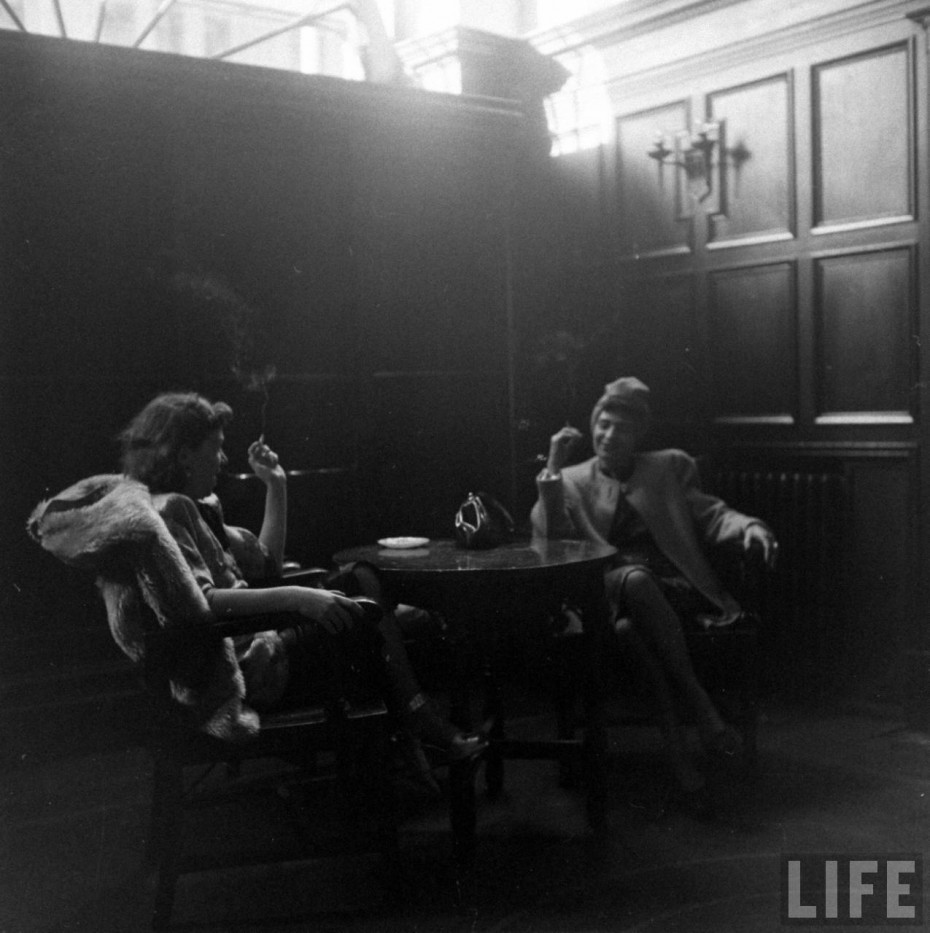
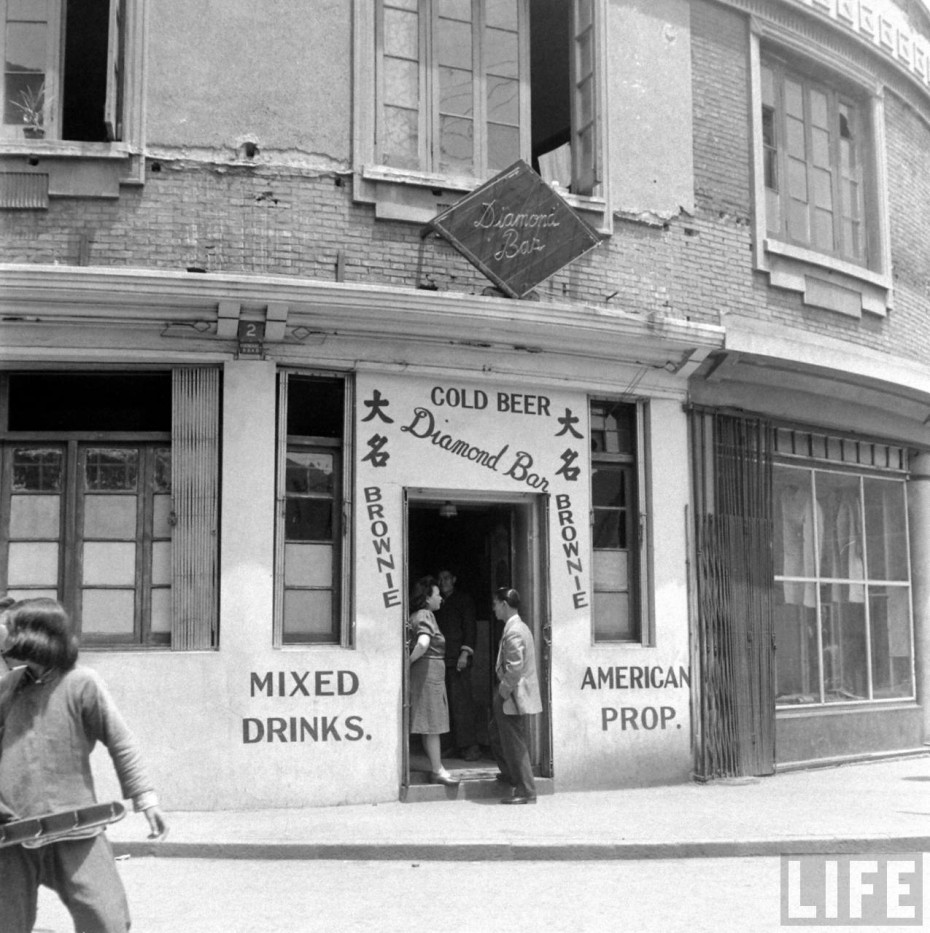
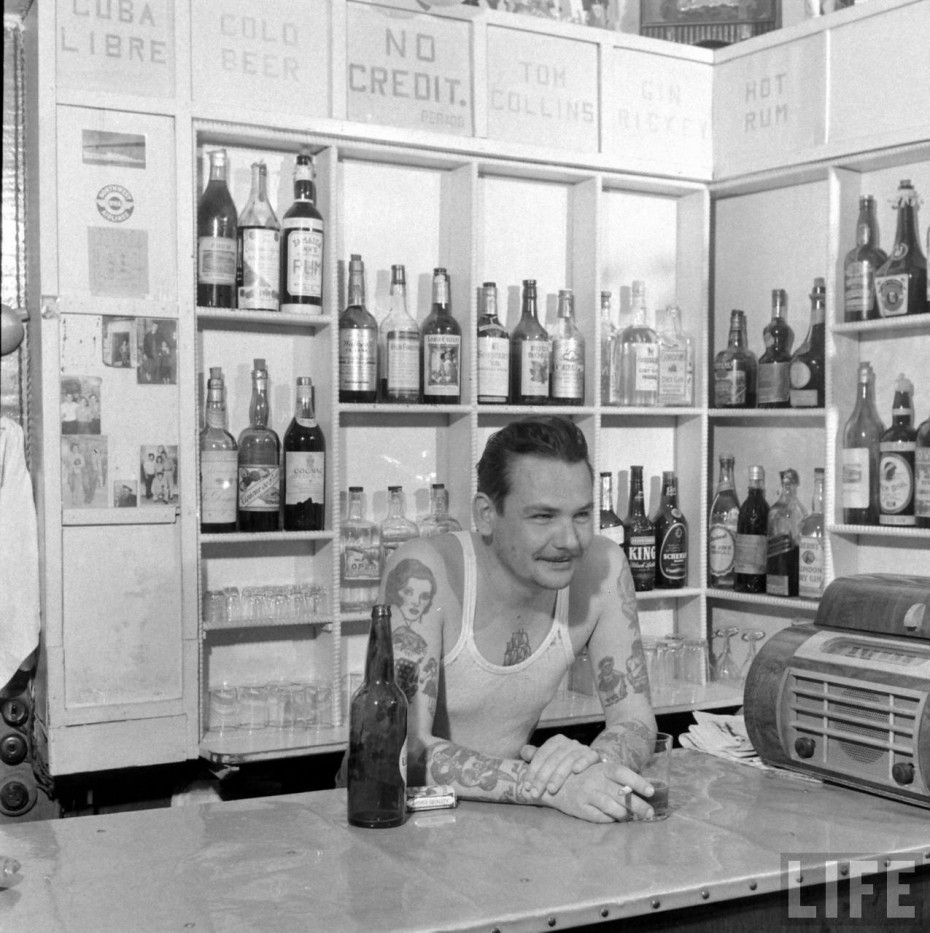
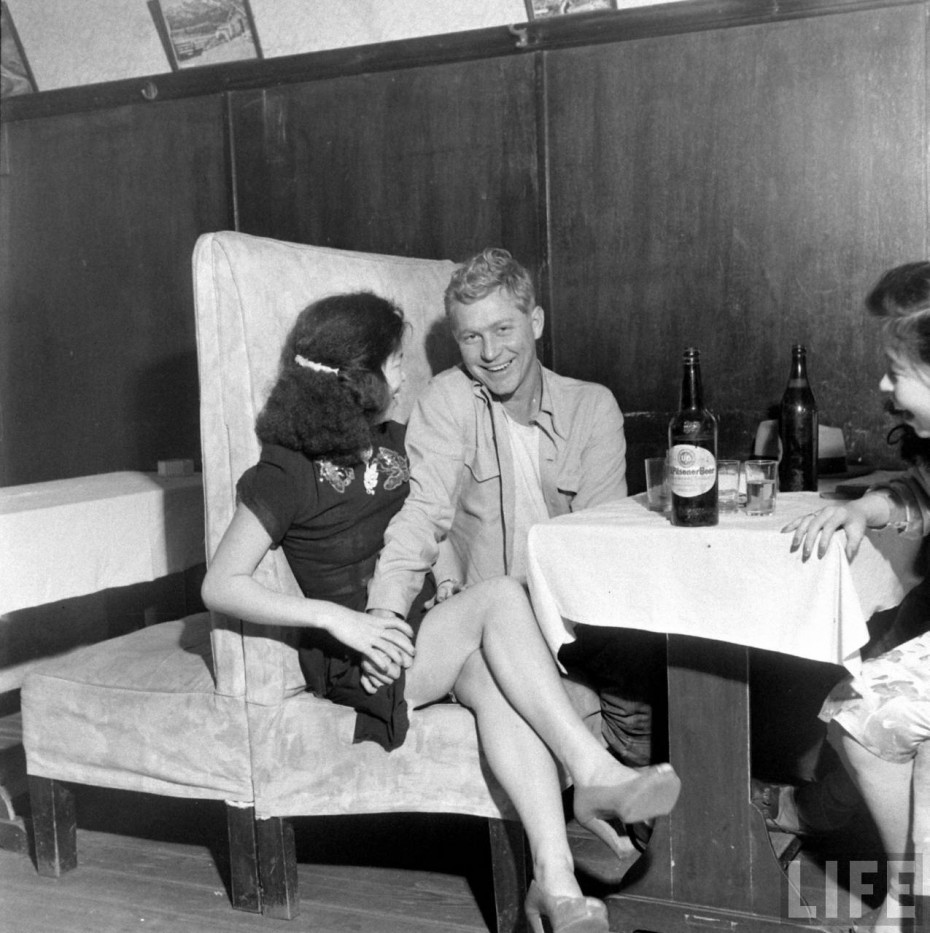
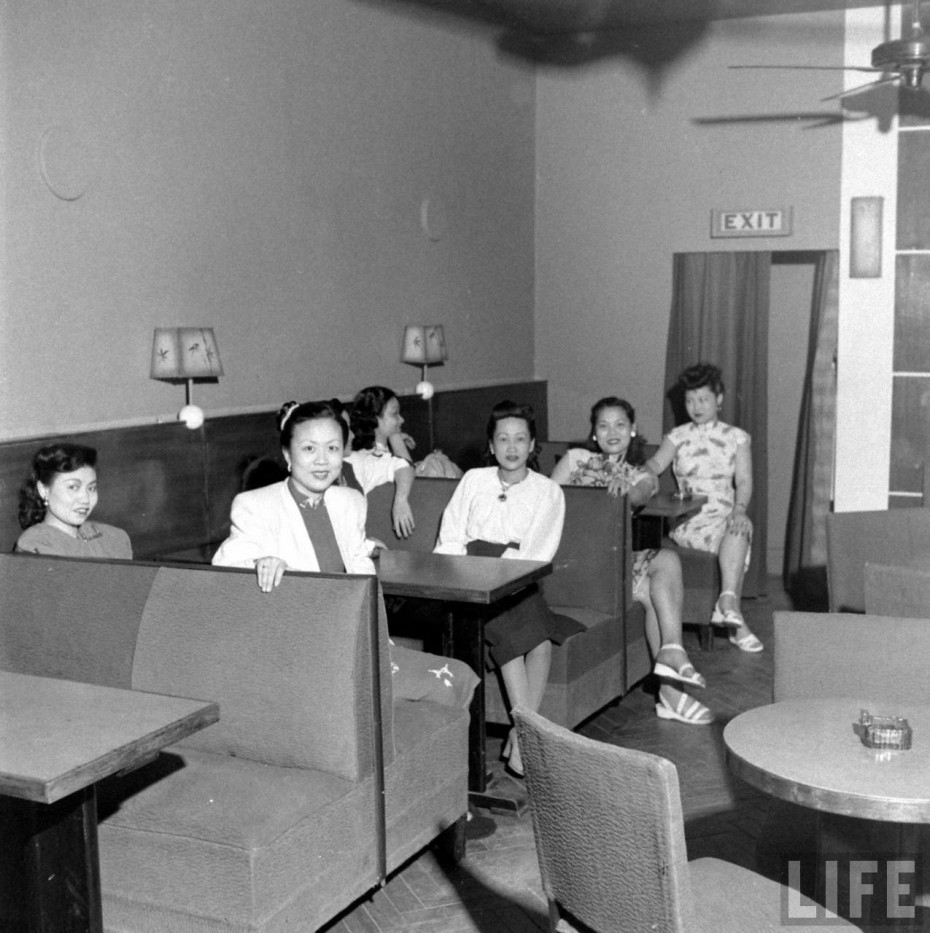
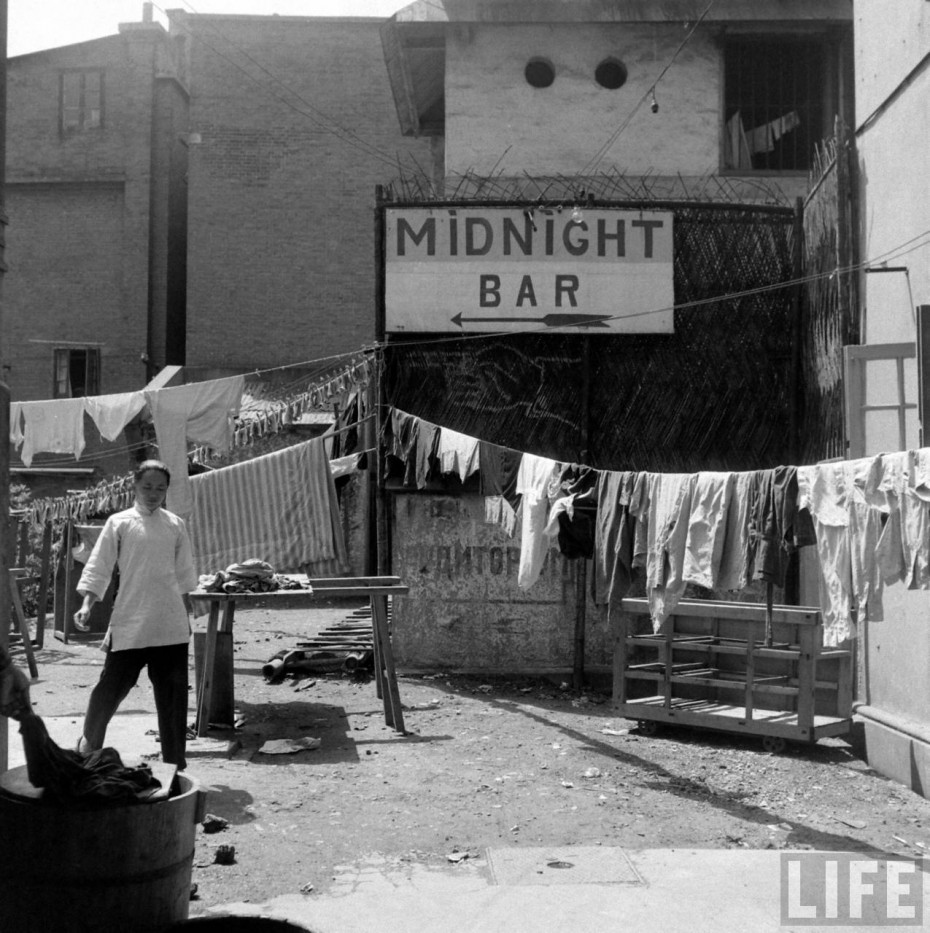
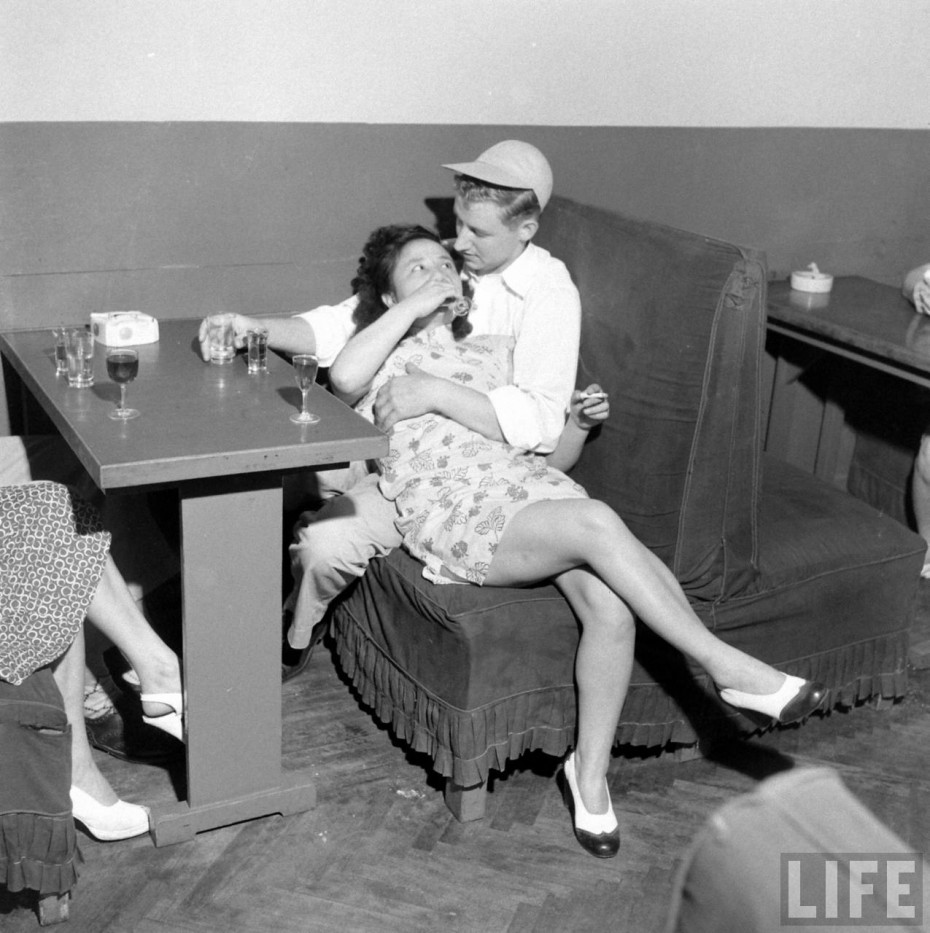
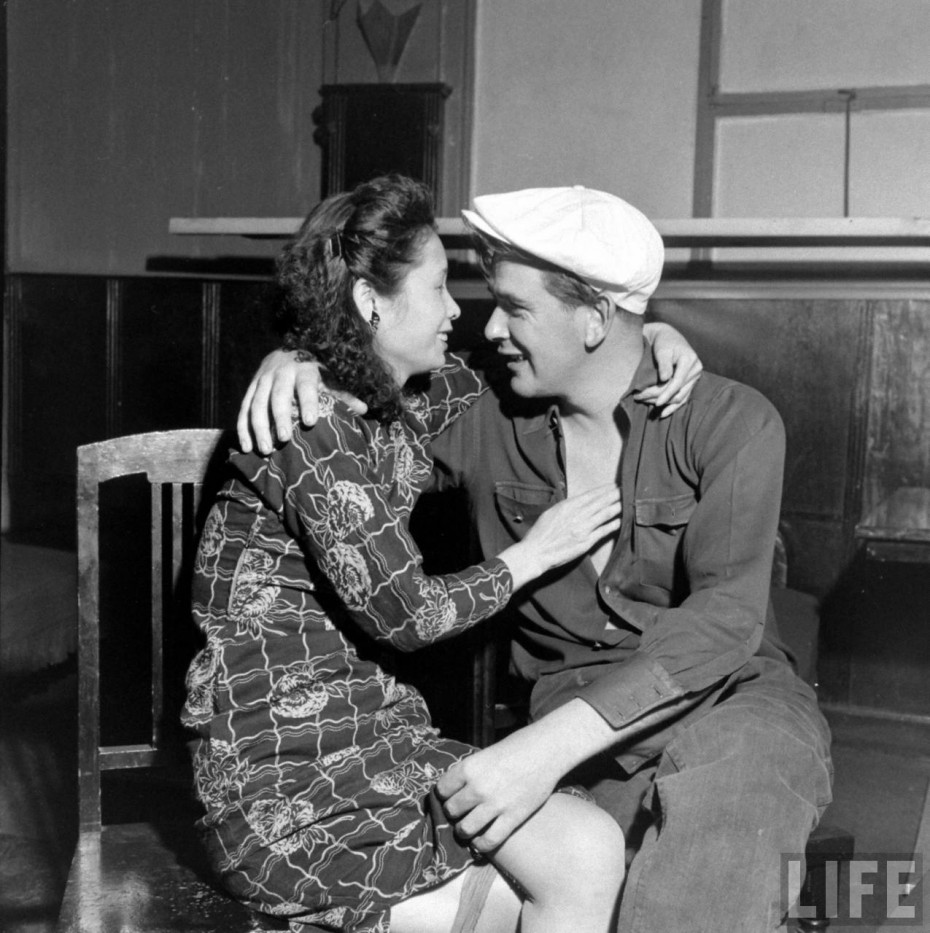
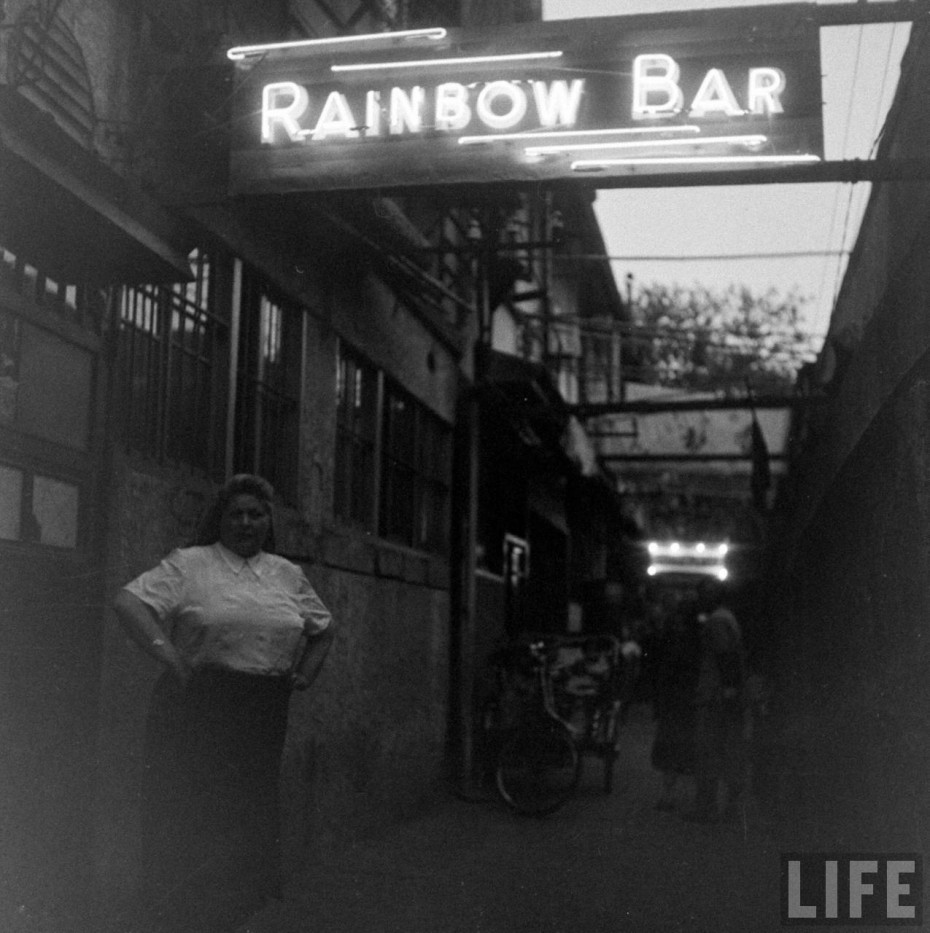
It’s my guess that this is the Lujiawan district, where many cafes, clubs and prostitution houses for foreigners could be found. It is also where the poorer foreigners lived, mainly Portuguese and Russians from the former Soviet Union. (In November 1950, only 236 Americans were still in Shanghai, as opposed to 3,128 Russians and 1,128 Portuguese).
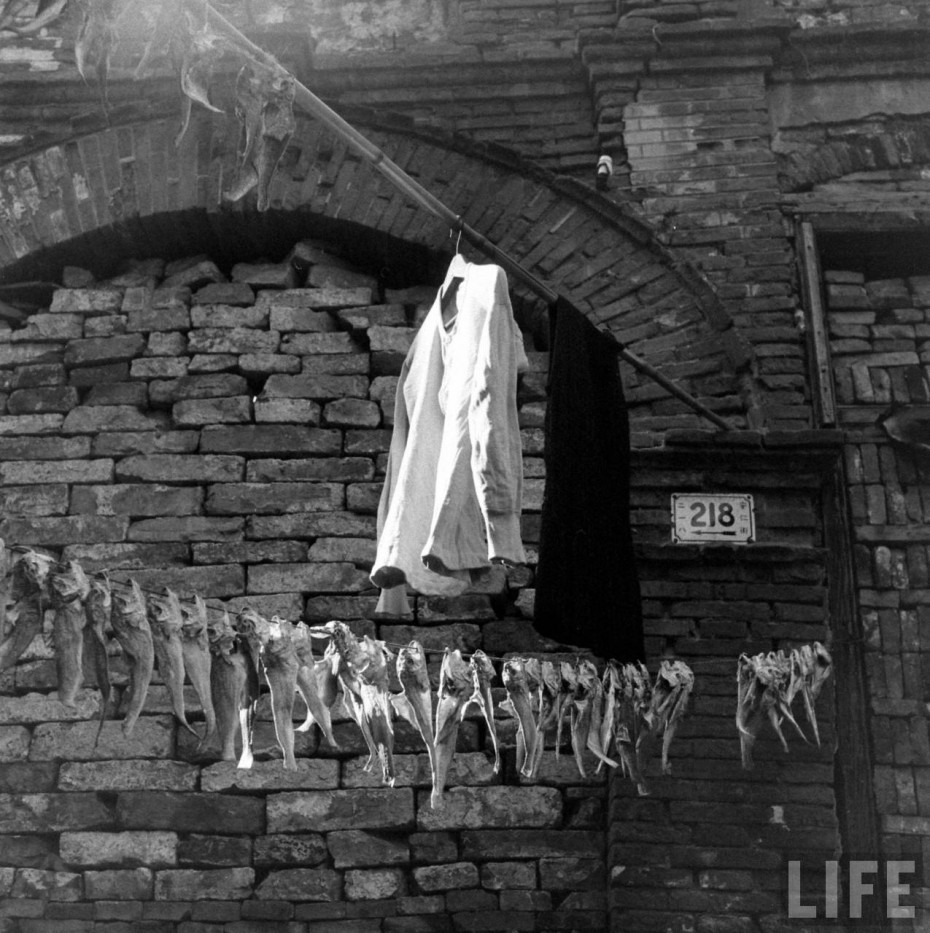
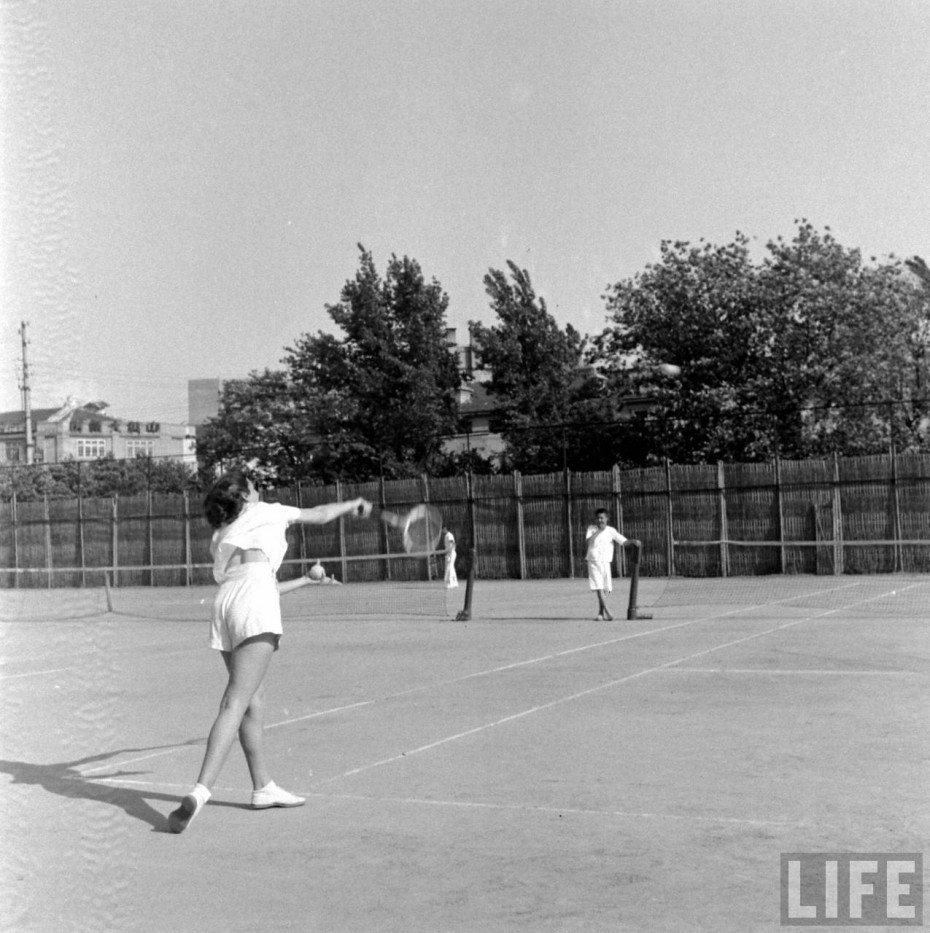
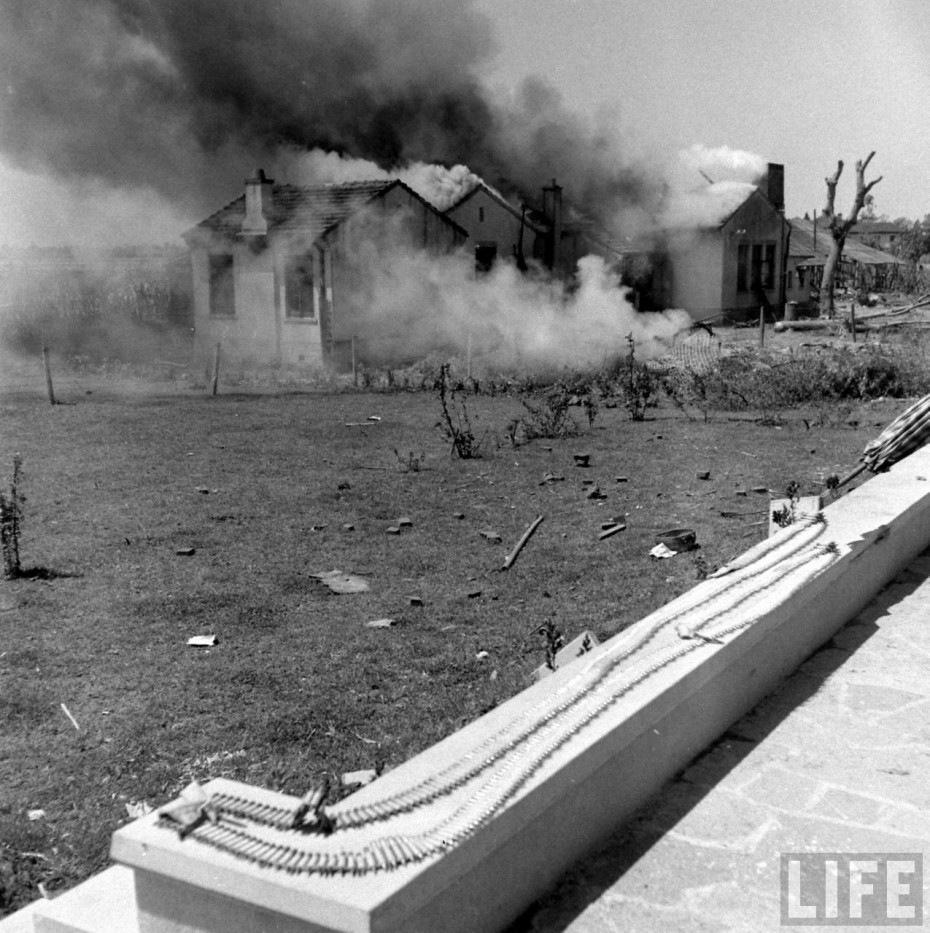
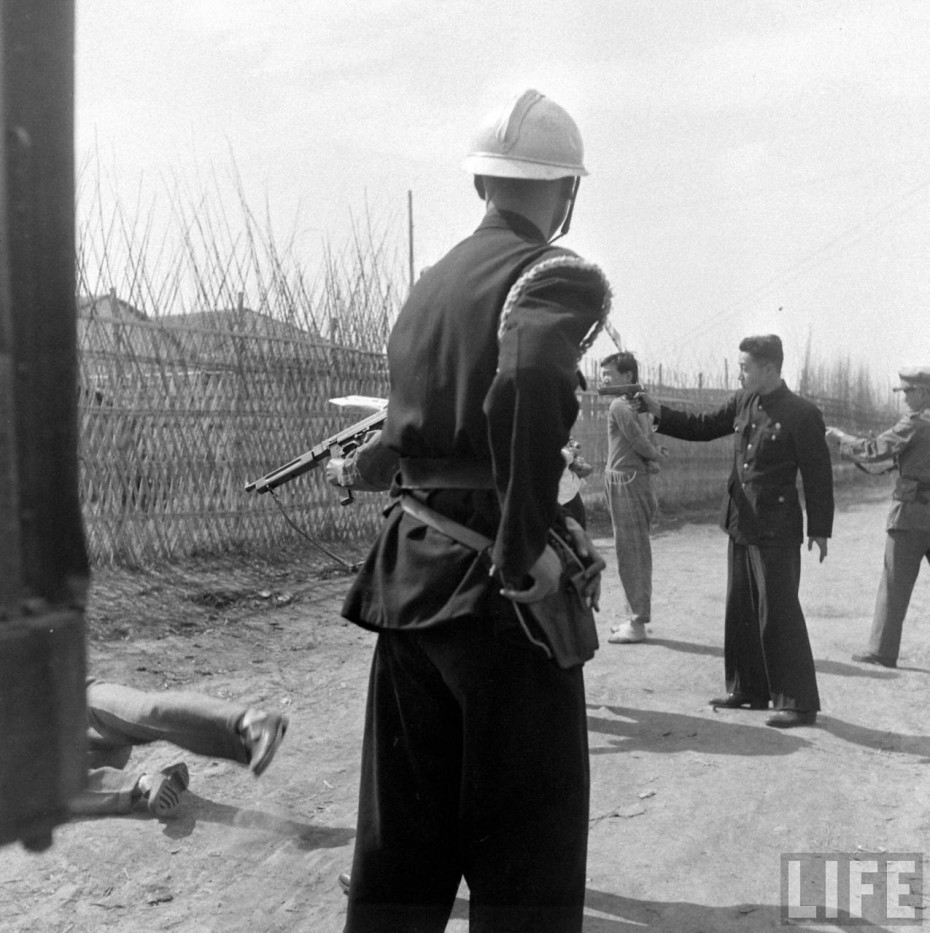
This is what I believe is a photograph of Chinese nationalists executing suspected communists. These types of photographs were never published in the original LIFE report, not just because of their sensitive content but because the iconic magazine was owned by a devout anti-communist, Henry Luce. He wanted to show the pro-Western Chinese nationalists in a good light. When Birns turned in his photographed of Chinese nationalists committing such atrocities, Luce refused to publish them.
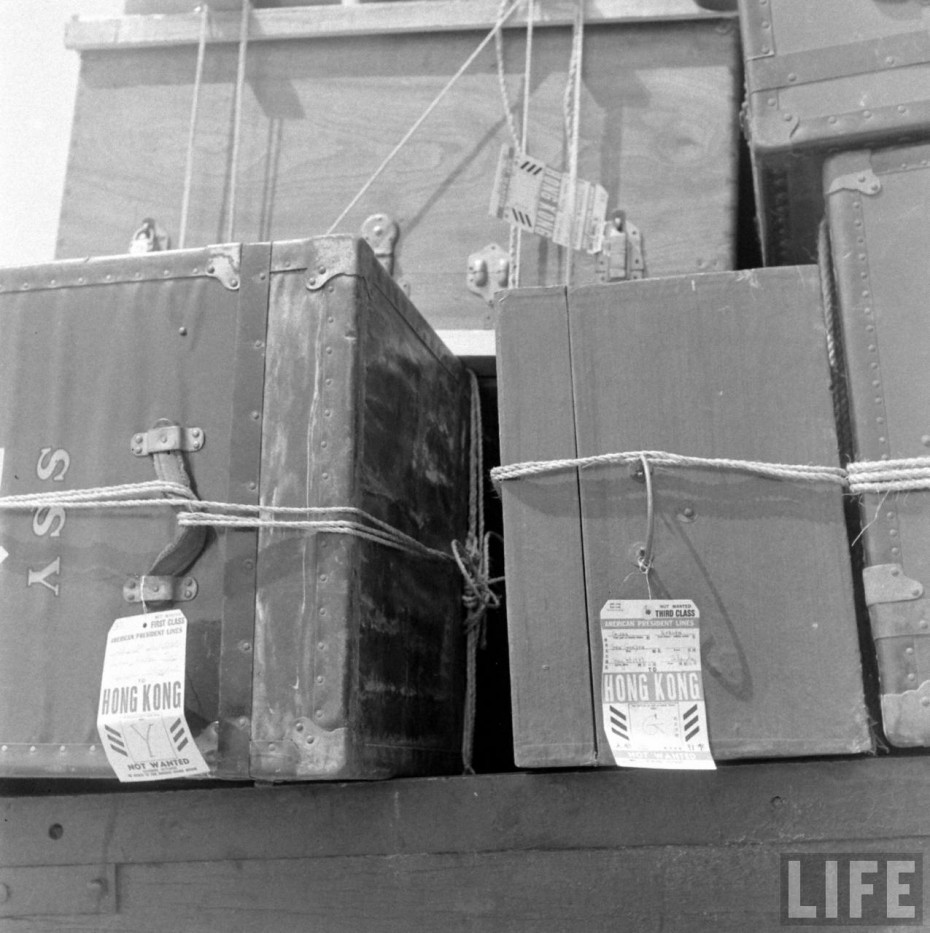
As Mao’s fighters encircled Shanghai in 1949, thousands packed every available form of transport to try and escape the communists. Certain communities left with their elegant French luggage trunks but most left with nothing, or never made it out at all.
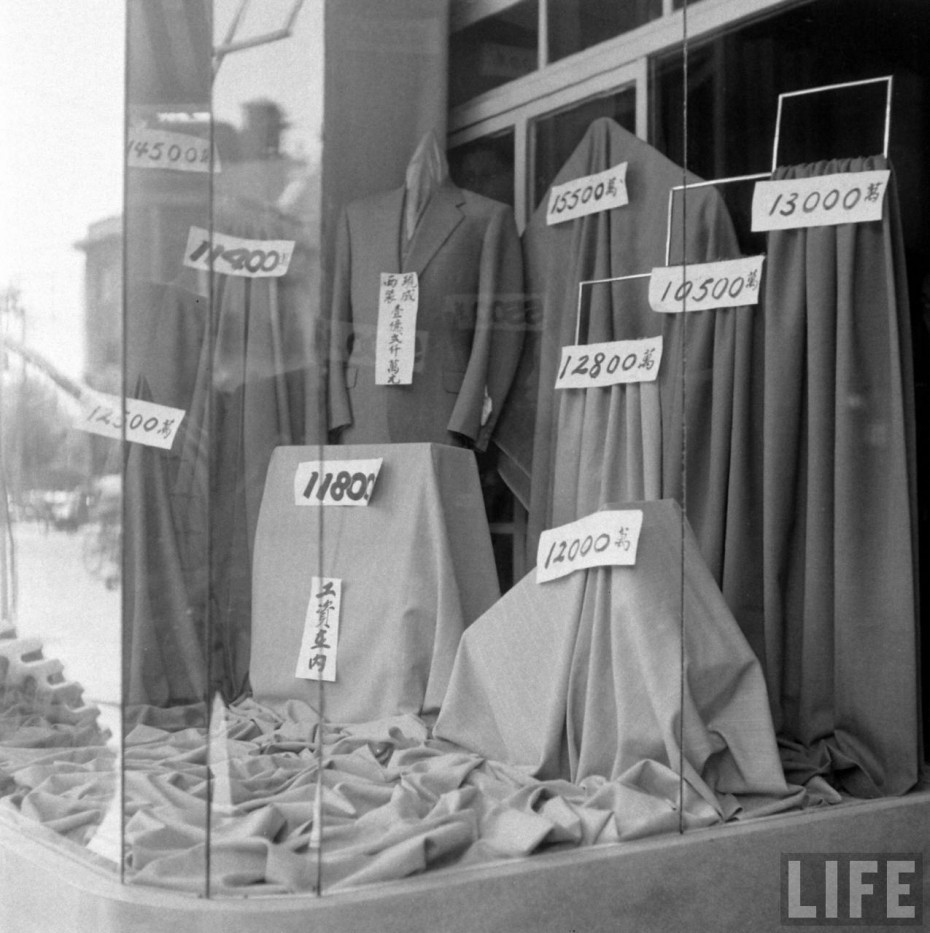
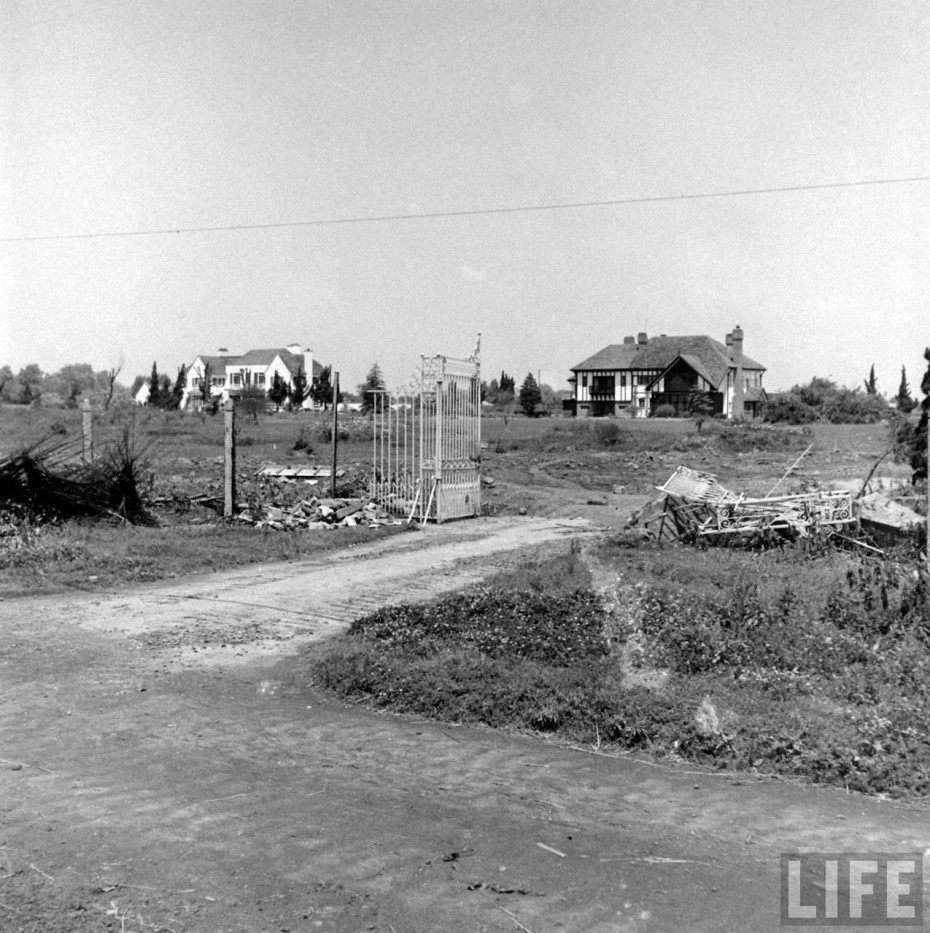
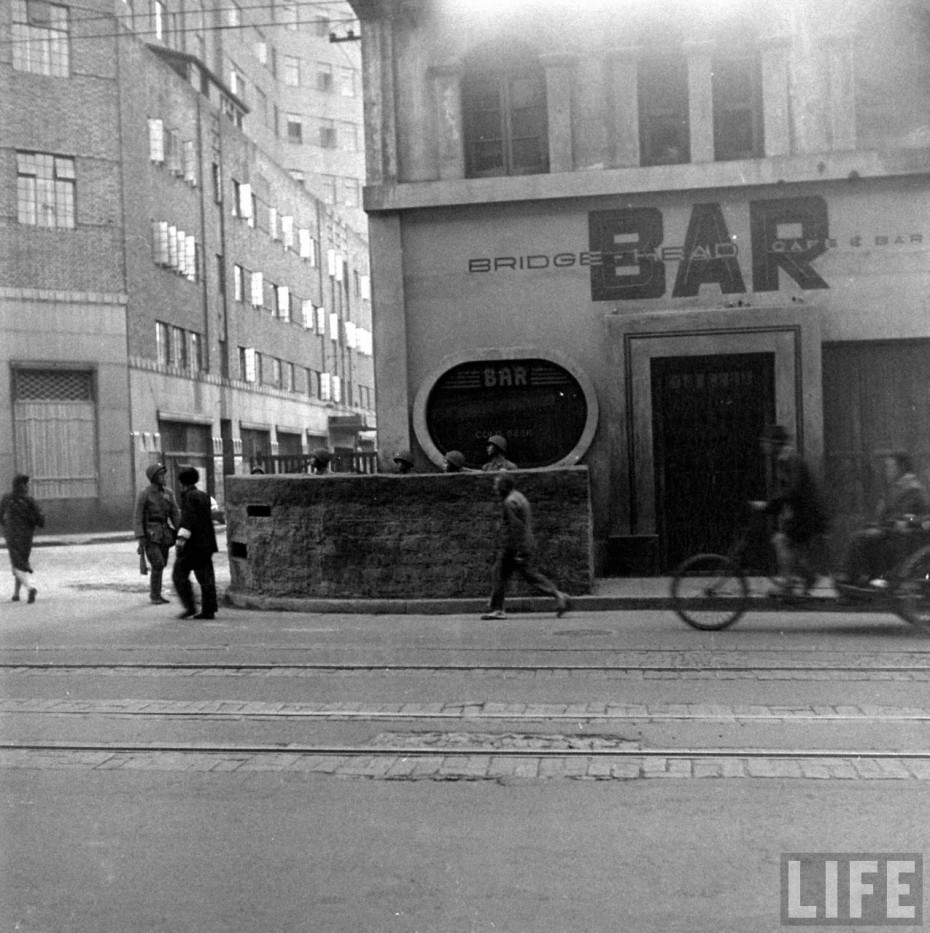
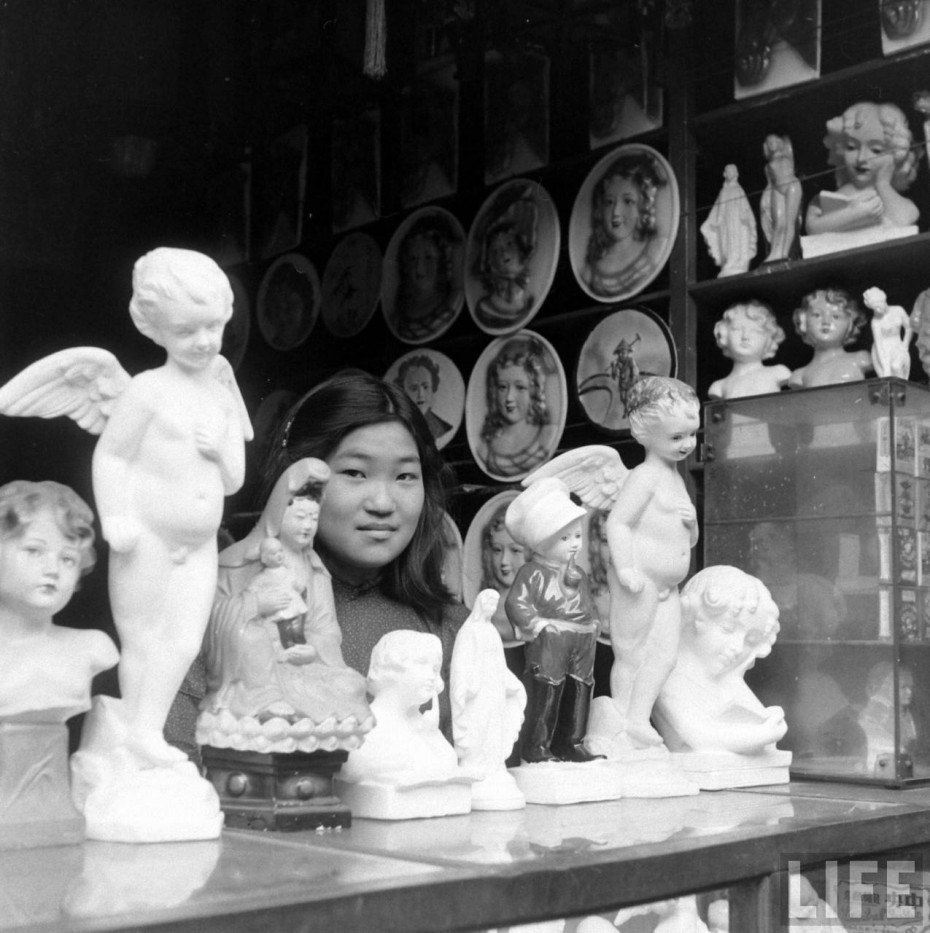
I’ll end with a more hopeful image of the era. A hopeful, youthful smile emerging from the shadows…
Find the full photostory by Jack Birns in the LIFE Archives.
http://www.messynessychic.com/2015/02/20/drinking-away-the-last-hours-of-shanghai/
No comments:
Post a Comment